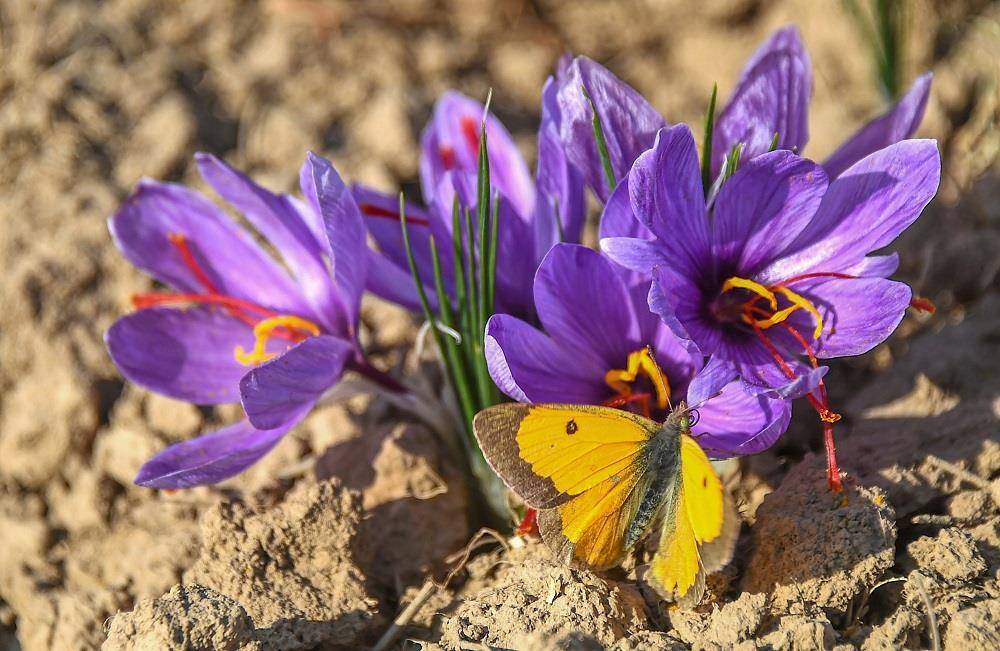
The "Krishi Se Sampannta Yojana," a pilot project that brought heeng and saffron farming to the hill state, has gained traction, with 502 farmers choosing to participate in it.
In the regions of Kinnaur, Bharmaur, Kaza, Keylong, and Seraj, heeng has been grown on more than 4 hectares, and saffron on more than 2 hectares.
Saffron and heeng are two of the most expensive spices that are frequently used in Indian cooking. Saffron costs between Rs 50,000 and Rs 3,50,000 per kilogram, depending on its quality, while heeng is sold for Rs 900 to Rs 15,000 per kg.
The Agriculture Department has set goals to cultivate 3.5 hectares of saffron in three years and 302 hectares of heeng in five years.
According to the state's director of agriculture, BR Takhi, the goal of growing high-value crops in isolated locations is to increase farmers' income. According to sources, a sum of Rs 3 crore has been set aside for the program this year.
Saffron has an annual demand of 100 tonnes but only an average annual yield of 6-7 tonnes. The project seeks to lessen reliance on imports of these exotic spices.
Results from the saffron crop appear after one year. According to specialists, the regions were chosen based on the compatibility of the soil, topography, and climate, and a quality examination of the crop is currently being conducted.
Along with the establishment of a seed chain. The results thus far for heeng, which bears fruit after 4-5 years, are encouraging.
















